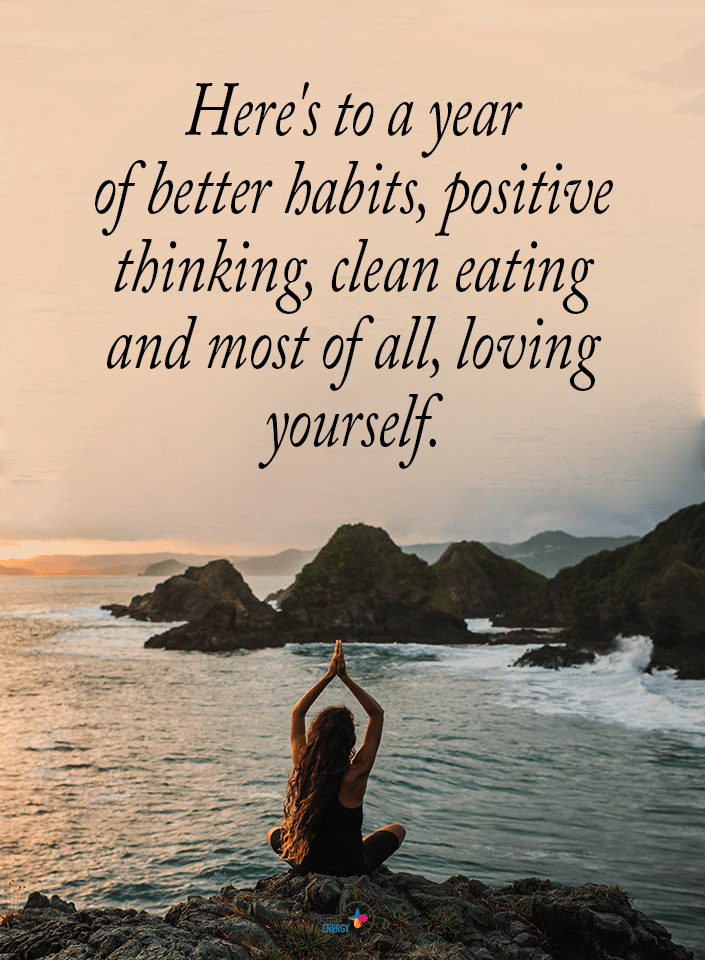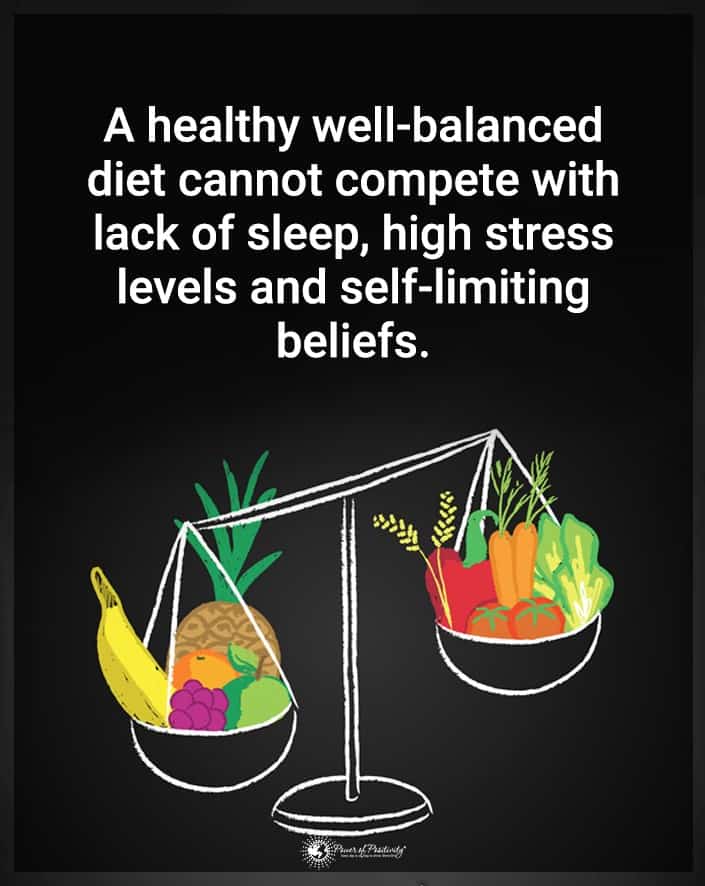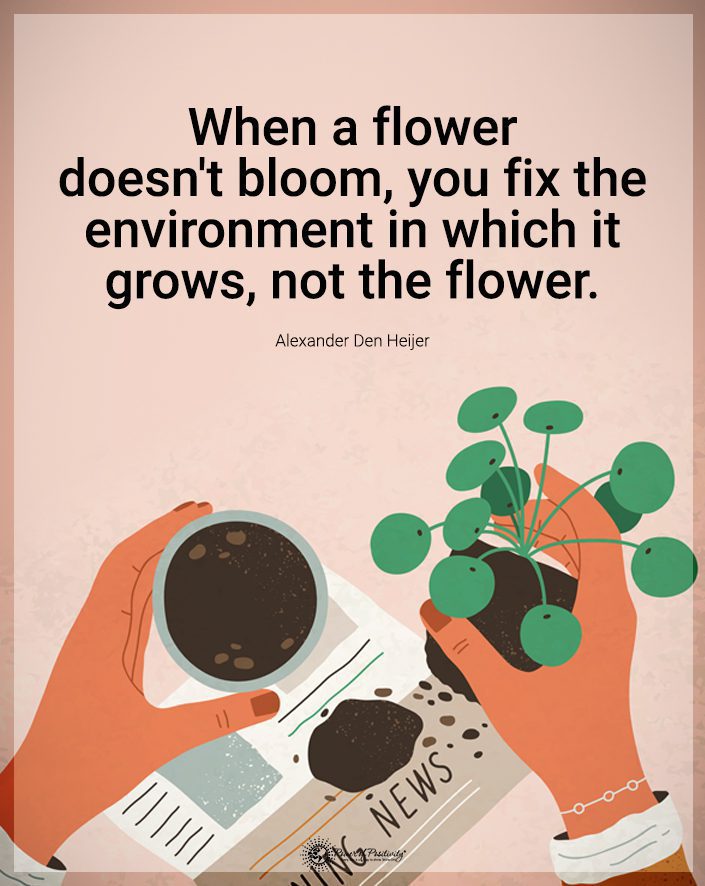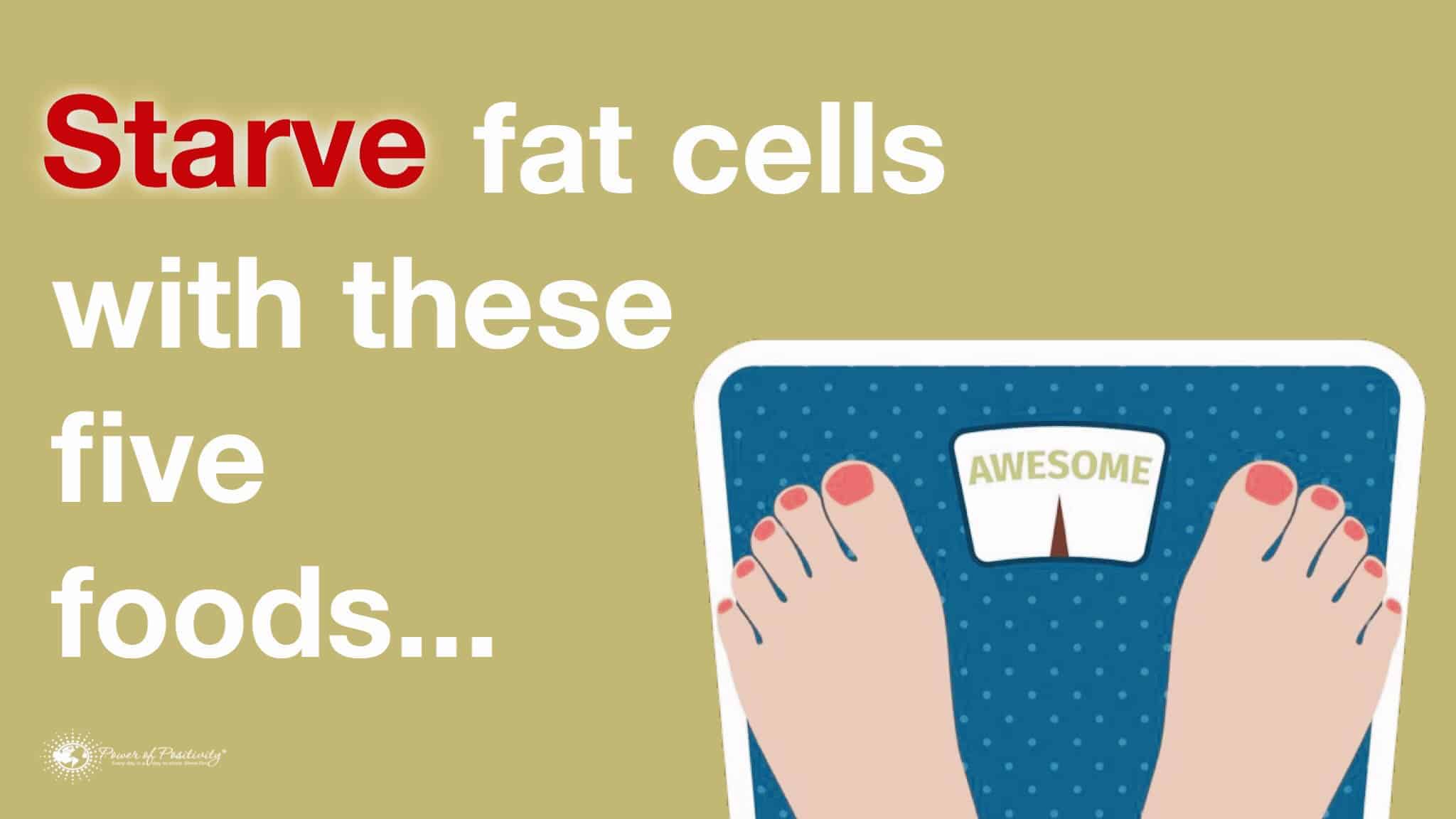Fibromyalgia is a particularly distressing condition that can affect someone mentally and physically. Upon awakening, someone with fibromyalgia commonly experiences a rapid onset of fatigue when attempting to move their body.
The severe mental and physical complications of fibromyalgia can make one’s daily routine a difficult path to navigate. Before delving into the signs of fibromyalgia, here are some relevant facts about the condition:
- Women aged 25 to 60 comprise the majority of fibromyalgia patients.
- Women are ten times more likely to develop the disease.
- Diagnosing fibromyalgia requires a comprehensive physical examination, as a physician must rule out any other similar conditions.
- Your doctor will order a blood test, specifically a full blood count (FBC) and thyroid exam, to diagnose the condition.
- Upon a diagnosis of fibromyalgia, patients must often visit a rheumatologist for proper treatment.
We sincerely hope that this article is insightful and inspires those with fibromyalgia to seek medical guidance.
Never Ignore These Ten Red Flags That May Reveal Fibromyalgia
Do you have any of these symptoms?
1. Head-to-toe pain
Most of those who visit their doctor and receive this diagnosis complain of proliferating body pain. Indeed, many describe fibromyalgia pain as “deep, sharp, throbbing or aching.
Moreover, it can affect ligaments, muscles, and tendons. The pain associated with fibromyalgia is often consistent and unresponsive to typical over-the-counter (OTC) pain medications.
2. Persistent fatigue, or exhaustion
Fatigue is the second most common complaint of people diagnosed with fibromyalgia. The primary difference between someone experiencing “tiredness” and extreme fatigue (i.e., exhaustion) is the duration of associated symptoms.
Those with fibromyalgia frequently associate their sense of fatigue with a case of the flu. They are unable to perform at an average level. This feeling of exhaustion applies to simple tasks, exercise, and even waking up.
3. Body stiffness
More than 75 percent of those with the condition experience bodily stiffness, particularly during morning hours. This physical sense of rigidity is similar to those diagnosed with arthritis, especially inflammatory or rheumatoid arthritis.
In some cases, these symptoms fade within 10 to 15 minutes; in others, they’ll last most of the day, if not all waking hours.
4. Poor quality sleep
Due to their physical and mental states, those with fibromyalgia find it difficult to get quality sleep. One reason for this is the erratic brain activity experienced in fibromyalgia patients during rest. Further, that uneasiness in falling asleep is followed by interruptions caused by irregular brain activity.
5. “Trigger points” that evoke pain or tenderness
Like arthritis patients, those with fibromyalgia usually have trigger points. Indeed, these areas of the body produce painful sensations in disproportionate frequency.
Sadly, when you apply even slight pressure, these “trigger points” are harrowing. Fortunately, a specialist can provide valuable insights into managing them. Readily available anti-inflammatory OTCs can alleviate some of this pain.
6. Abnormal digestion
Constipation, diarrhea, and bloating are all potential symptoms of fibromyalgia. According to WebMD, approximately 40 to 70 percent of patients experience symptoms similar to Irritable Bowel Syndrome, or IBS.
Acid reflux and gastroesophageal reflux disease (GERD) occur similarly.
7. Numbness, swelling, or tingling
About half of those with fibromyalgia experience a “pins and needles” sensation in their arms, feet, hands, and legs. Doctors call this paraesthesia. For some, these sensations may last no longer than a few minutes; for others, they can be pretty consistent.
Similar to many fibromyalgia-related symptoms, paresthesia is often barely noticeable. However, it is crucial for those experiencing frequent numbness, swelling, or tingling in the arms, feet, hands, or legs to seek medical advice.
8. Spasms of the fingers and toes
In 25 to 50 percent of fibromyalgia patients, there are arterial spasms of the hands or toes. This symptom occurs as a result of exposure to either cold or stress. Importantly, affected areas will often take on a bluish or pale coloration and are also accompanied by pain.
Known as Raynaud’s syndrome or Raynaud’s phenomenon, the symptoms, as mentioned earlier, often dissipate when you apply heat.
9. Sensitivity to temperature
Because of their bodily state, it is pretty tricky for those with fibromyalgia to regulate their body temperature. As you’ve likely noticed, some of the above-mentioned symptoms are strikingly similar to arthritis.
It is common for any fluctuations in temperature to affect people who have fibromyalgia. At times, these patients complain that the environment is too cold or hot to their liking. Indeed, this symptom makes it difficult for them to be productive or properly rest.
10. ‘Fibro fog.’
Similar to ‘brain fog,’ fibromyalgia may manifest into concentration problems. Also, people with the condition may experience short-term memory difficulties. They may also have general feelings of confusion, forgetfulness, and lack of mental clarity.
Without proper medical intervention, ‘fibro fog’ can negatively affect one’s daily life; this is particularly evident during work or personal time.
10 Care Tips For People Who Have Fibromyalgia
Experts suggest these ten self-care tips for relief from your fibro symptoms and ways to improve living with this chronic condition.

1. Manage stress with meditation
Stress increases fibromyalgia symptoms. To feel better, reduce and manage your daily stress. That’s because people with fibromyalgia often struggle with anxiety and depression. Therefore, learning what triggers your anxiety and managing stress will reduce your symptoms. Meditation is a way many fibro sufferers say to lower their stress. Meditation gives you a feeling of peace and calms you emotionally and physically. The emotional benefits of meditation include:
Increase your self-awareness
- Focus on the present
- Manage stress
- Gives you perspective in stressful situations
- Minimizes your negative emotions
- Helps you feel more patient
- Increases your creativity
2. Get enough sleep
One predominant symptom of fibromyalgia is insomnia. You may find it difficult to fall asleep and stay asleep during the night. Thus, you must create a calming bedtime routine to help your body wind down at night. So take a warm bath.
Also, lower your adrenaline by not watching television or being on your computer. That’s because blue screens affect your ability to fall asleep. So shut down your computer and smartphone at least one hour before bedtime. Eat a high-protein snack to avoid low blood sugar waking you up during the night.
3. Exercise, but not too much
Overcoming the pain associated with fibromyalgia is challenging. You may not feel like exercising if you’re in a lot of pain. However, regular exercise helps you manage your painful symptoms. But don’t overdo it. Pushing yourself too hard with high-intensity activities will cause your fibromyalgia symptoms to get worse. Incorporate low-impact exercises at least three times a week. Low impact exercises you can try include these:
- Light yoga
- Walking
- Swimming
- Tai chi
- Water aerobics
Spread out your exercises throughout the week to reduce your pain. So get outside for some fresh air and sunshine. Spending time outdoors will improve your mood, give you extra vitamin D, and reduce your pain.
4. Rest
People living with fibromyalgia say they’ve learned to listen to their bodies. Don’t ignore signs of fatigue. Take a break if you’re feeling exhausted. Avoid pushing yourself too much. Overdoing it will increase your stress and pain. Regular little breaks throughout your day are the secret to feeling better and having more energy. Try reading or doing a relaxing hobby to give your mind and body a break.
5. Take Hot Baths
Another self-care tip fibro sufferers suggest is taking a hot bath or shower to reduce your pain and stiffness. The hot water warms up your joints and muscles. It helps you relax and feel less stiff. Warm baths get your blood flowing, which improves the oxygen flow throughout your body. The steam from the tub allows you to breathe deeper and slower. You may enjoy going to a spa that has a sauna. Thermal therapy can lower your pain levels and improve your overall quality of life.
6. Be flexible about work
If you have fibromyalgia, you know you can’t have a job that’s too physically or mentally tiring. Giving up the job you love can be difficult. But it’s essential to be flexible. Perhaps you can find a job within your field which allows you to work without increasing your fibro symptoms. So if you struggle with these changes in your life, find a counselor to discuss how you feel. They can help you learn how to cope with your life with fibromyalgia.
7. Reduce inflammatory foods
Studies show that an anti-inflammatory diet reduces your body’s triggers of inflammation. Lowering your inflammation reduces your fibro symptoms. Besides that, it reduces your chances of getting certain diseases such as heart disease, arthritis, some types of cancer, depression, and Alzheimer’s disease. Inflammatory foods you should avoid include the following:
- Refined carbohydrates like pastries and bread
- Sodas and other sugar drinks
- Red meats such as beef, bacon, and sausage
- Processed foods
- Fried foods such as french fries
Instead, add these anti-inflammatory foods to your regular diet to reduce painful fibromyalgia symptoms. These foods include:
- Olive oils
- Leafy greens such as kale or spinach
- Nuts and seeds like walnuts and almonds
- Fatty fish like salmon and tuna
- Berries like blueberries and strawberries
- Citrus fruits like oranges
- Tomatoes
8. Stay positive
Despite your struggles with fibromyalgia, it’s helpful to stay positive. A positive attitude won’t change your situation. However, it will lift your mood and lower stress. You can practice staying positive by adopting these practices:
- Staying connected to your loved ones
- Remembering to be thankful
- Getting involved in hobbies or activities, you enjoy
- Having a purpose in life
- Looking for good things each day
9. Get a massage
One way to reduce the stiffness and pain of your fibromyalgia is to get a weekly massage. That’s because massage helps reduce your pain and lessens the stress and anxiety associated with fibromyalgia. Find a massage therapist familiar with fibromyalgia because they need to do gentle massage to avoid causing you more pain.
10. Listen to music
Music has a powerful effect on your emotions and mood. Studies show that listening to music affects your nervous system, lowers your stress, and helps heal faster. So choose any music you like that enhances your sense of peace and calm. Listening to soft music at night before bedtime will help you sleep better.

Final Thoughts on Fibromyalgia
Four million Americans struggle with fibromyalgia today. Of course, you know the importance of managing your symptoms if you’re one of those individuals. There’s no one way to eliminate fibromyalgia symptoms. However, fibro sufferers suggest these ten self-care tips to reduce your pain, fatigue, and other common symptoms of this condition. Hopefully, you’ll find one of these self-care tips to reduce your symptoms. Besides, this information can improve your overall quality of life living with fibromyalgia.














